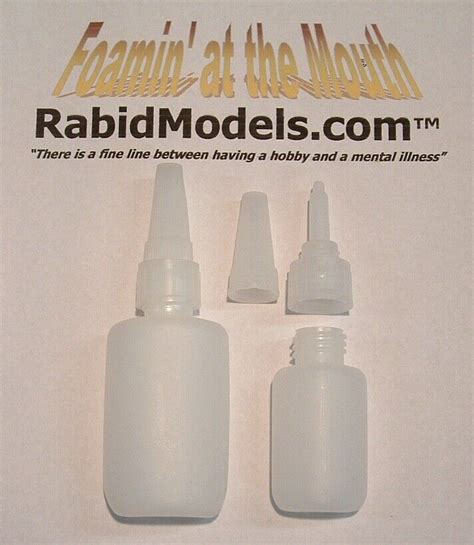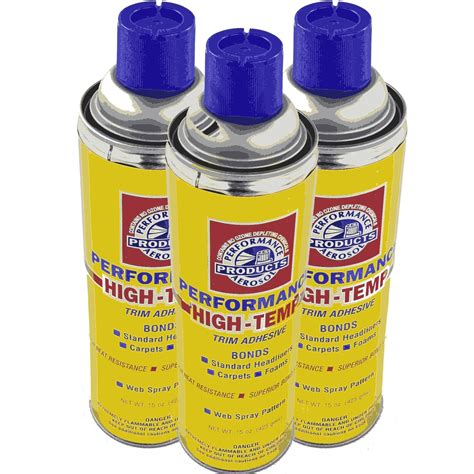High temperature adhesives are a class of materials designed to withstand extremely high temperatures, often in excess of 200°C (392°F), while maintaining their structural integrity and bonding properties. These adhesives are crucial in various industries, including aerospace, automotive, and electronics, where components are exposed to extreme thermal conditions. The development of high temp adhesives has been driven by the need for materials that can perform reliably in demanding environments, such as in the fabrication of composite materials, the assembly of electronic components, and the bonding of metals in high-temperature applications.
The formulation of high temperature adhesives involves the use of specialized polymers and additives that provide thermal stability, high glass transition temperatures (Tg), and excellent mechanical properties. Common types of high temp adhesives include epoxy, polyimide, silicone, and cyanate ester-based adhesives. Each of these types has its own set of characteristics, advantages, and limitations, making them suitable for specific applications. For instance, epoxy adhesives are known for their high strength and chemical resistance, while polyimide adhesives offer excellent thermal stability and electrical insulation properties.
Key Points
- High temperature adhesives are designed to maintain their bonding properties in extreme thermal conditions.
- These adhesives are used in various industries, including aerospace, automotive, and electronics.
- Common types of high temp adhesives include epoxy, polyimide, silicone, and cyanate ester-based adhesives.
- The choice of adhesive depends on the specific application, considering factors such as thermal stability, mechanical properties, and chemical resistance.
- High temperature adhesives play a critical role in the fabrication of composite materials and the assembly of electronic components.
Properties and Characteristics of High Temp Adhesives

High temperature adhesives exhibit a range of properties that make them suitable for high-temperature applications. These properties include high thermal stability, excellent mechanical strength, and good chemical resistance. The thermal stability of an adhesive is critical, as it determines the adhesive’s ability to withstand high temperatures without degrading. Mechanical strength is also important, as it affects the adhesive’s ability to maintain its bonding properties under stress. Chemical resistance is another key property, as high temp adhesives are often exposed to harsh chemicals and solvents.
The glass transition temperature (Tg) is a critical parameter in the selection of high temperature adhesives. The Tg is the temperature at which the adhesive transitions from a glassy state to a rubbery state, and it is a measure of the adhesive's thermal stability. High temp adhesives typically have a high Tg, often above 200°C (392°F), which allows them to maintain their structural integrity in extreme thermal conditions. Other important properties of high temp adhesives include their coefficient of thermal expansion (CTE), which affects their ability to withstand thermal cycling, and their electrical properties, such as dielectric strength and volume resistivity.
Types of High Temp Adhesives
There are several types of high temperature adhesives, each with its own set of characteristics and advantages. Epoxy adhesives are one of the most common types of high temp adhesives, known for their high strength, chemical resistance, and excellent thermal stability. Polyimide adhesives are another type of high temp adhesive, offering excellent thermal stability, electrical insulation properties, and high temperature resistance. Silicone adhesives are also used in high-temperature applications, providing flexibility, thermal stability, and good chemical resistance. Cyanate ester-based adhesives are a newer type of high temp adhesive, offering excellent thermal stability, low outgassing, and good mechanical properties.
| Adhesive Type | Temperature Range (°C) | Properties |
|---|---|---|
| Epoxy | 150-250 | High strength, chemical resistance, thermal stability |
| Polyimide | 200-300 | Thermal stability, electrical insulation, high temperature resistance |
| Silicone | 150-250 | Flexibility, thermal stability, chemical resistance |
| Cyanate Ester | 200-300 | Thermal stability, low outgassing, mechanical properties |

Applications of High Temp Adhesives

High temperature adhesives have a wide range of applications in various industries, including aerospace, automotive, electronics, and energy. In the aerospace industry, high temp adhesives are used in the fabrication of composite materials, such as carbon fiber reinforced polymers (CFRP), and in the assembly of electronic components, such as satellite systems and aircraft avionics. In the automotive industry, high temp adhesives are used in the production of engine components, exhaust systems, and turbochargers. In the electronics industry, high temp adhesives are used in the assembly of electronic components, such as semiconductors, and in the fabrication of printed circuit boards (PCBs).
The use of high temperature adhesives in these applications offers several benefits, including improved reliability, increased efficiency, and reduced maintenance costs. High temp adhesives can withstand extreme thermal conditions, reducing the risk of component failure and improving overall system reliability. They can also provide a strong bond between components, reducing the need for mechanical fasteners and improving system efficiency. Additionally, high temp adhesives can reduce maintenance costs by minimizing the need for repairs and replacements.
Future Developments in High Temp Adhesives
Research and development in high temperature adhesives are ongoing, driven by the need for materials that can perform reliably in increasingly demanding environments. Future developments in high temp adhesives are likely to focus on improving their thermal stability, mechanical properties, and chemical resistance. New types of high temp adhesives, such as nanocomposite-based adhesives, are being developed, offering improved properties and performance. Additionally, advances in manufacturing technologies, such as 3D printing, are expected to enable the production of complex components with high temp adhesives, opening up new opportunities for their use in various industries.
What are the key properties of high temperature adhesives?
+High temperature adhesives exhibit a range of properties, including high thermal stability, excellent mechanical strength, and good chemical resistance. The glass transition temperature (Tg) is a critical parameter in the selection of high temperature adhesives, as it determines the adhesive's ability to withstand high temperatures without degrading.
What are the most common types of high temperature adhesives?
+The most common types of high temperature adhesives include epoxy, polyimide, silicone, and cyanate ester-based adhesives. Each of these types has its own set of characteristics, advantages, and limitations, making them suitable for specific applications.
What are the applications of high temperature adhesives?
+High temperature adhesives have a wide range of applications in various industries, including aerospace, automotive, electronics, and energy. They are used in the fabrication of composite materials, the assembly of electronic components, and the production of engine components, among other applications.
In conclusion, high temperature adhesives play a critical role in various industries, providing reliable performance in extreme thermal conditions. Their properties and characteristics, such as thermal stability, mechanical strength, and chemical resistance, make them suitable for a wide range of applications. As research and development continue to advance, new types of high temp adhesives are being developed, offering improved properties and performance. The use of high temperature adhesives is expected to continue to grow, driven by the need for materials that can perform reliably in increasingly demanding environments.
Meta Description: High temperature adhesives are designed to withstand extreme thermal conditions, providing reliable performance in various industries, including aerospace, automotive, and electronics. Learn more about their properties, applications, and future developments.



